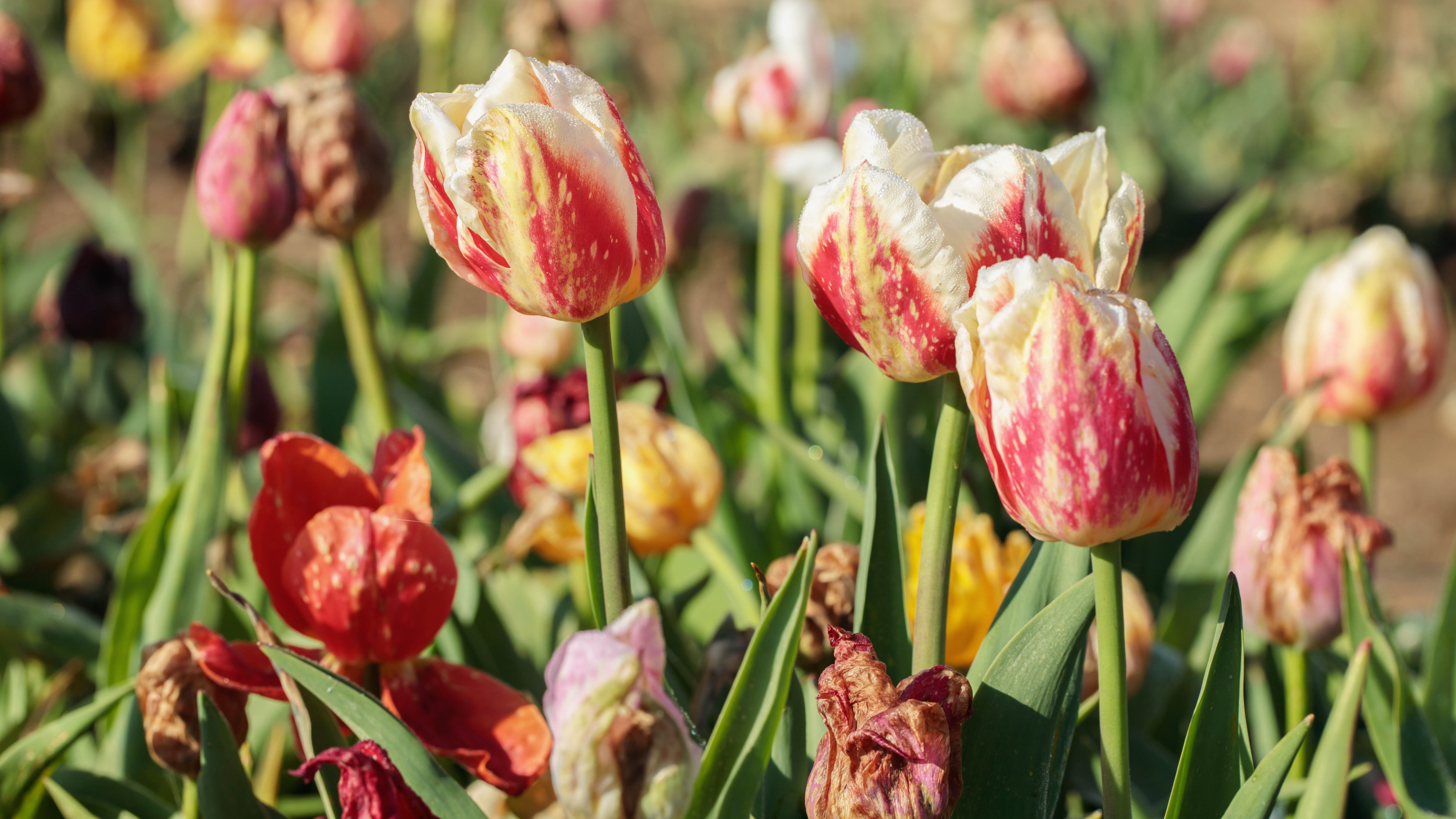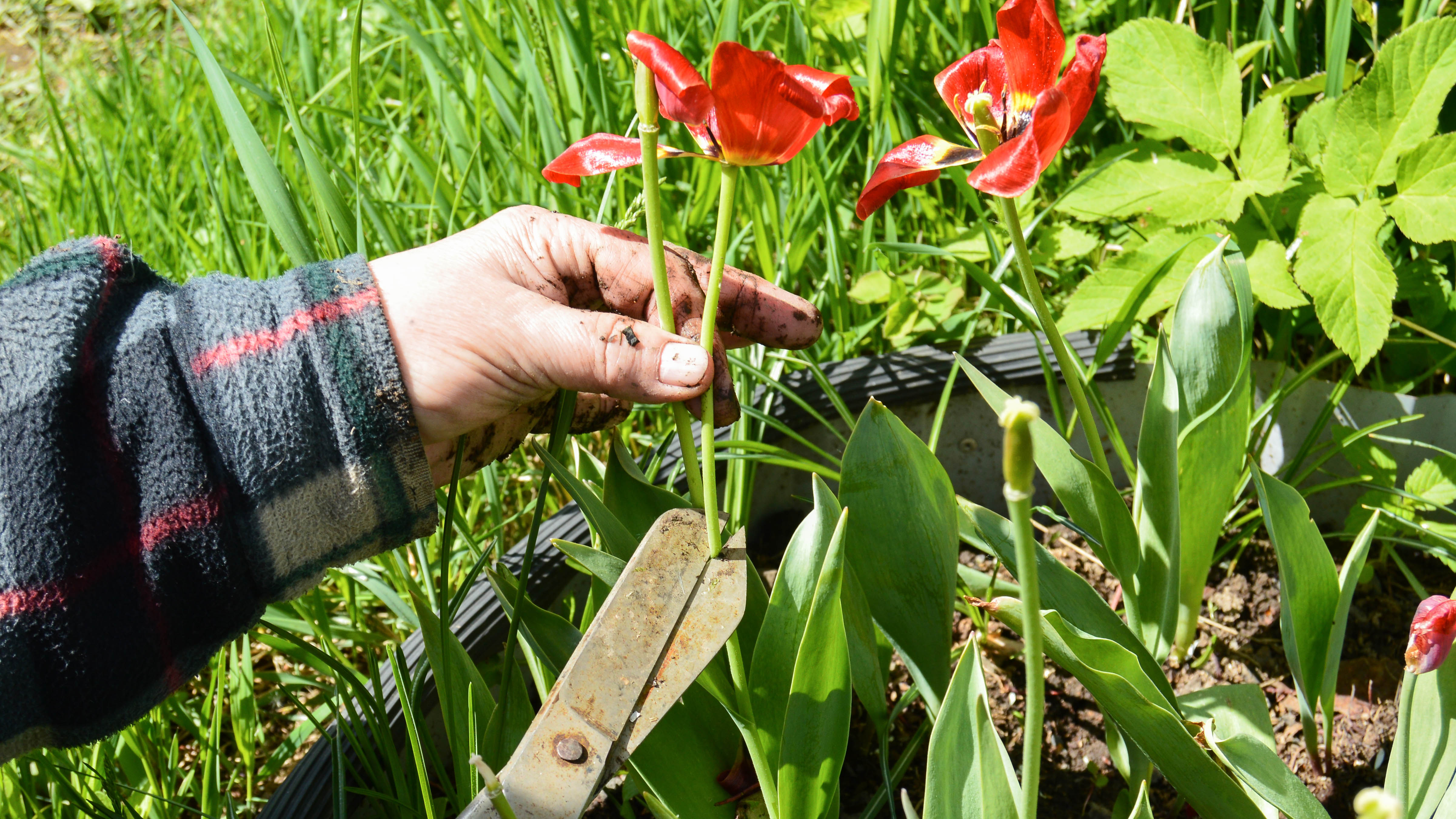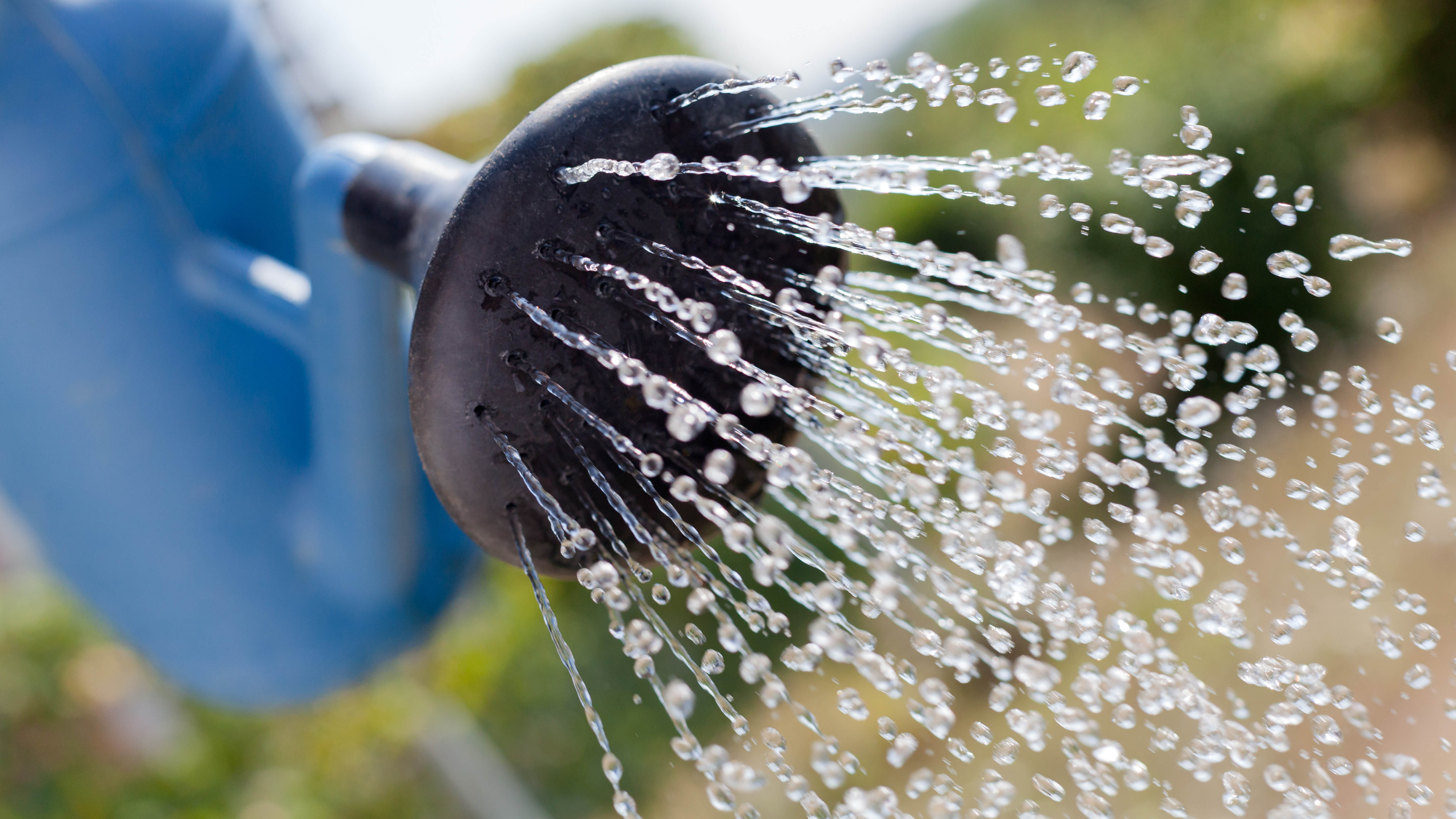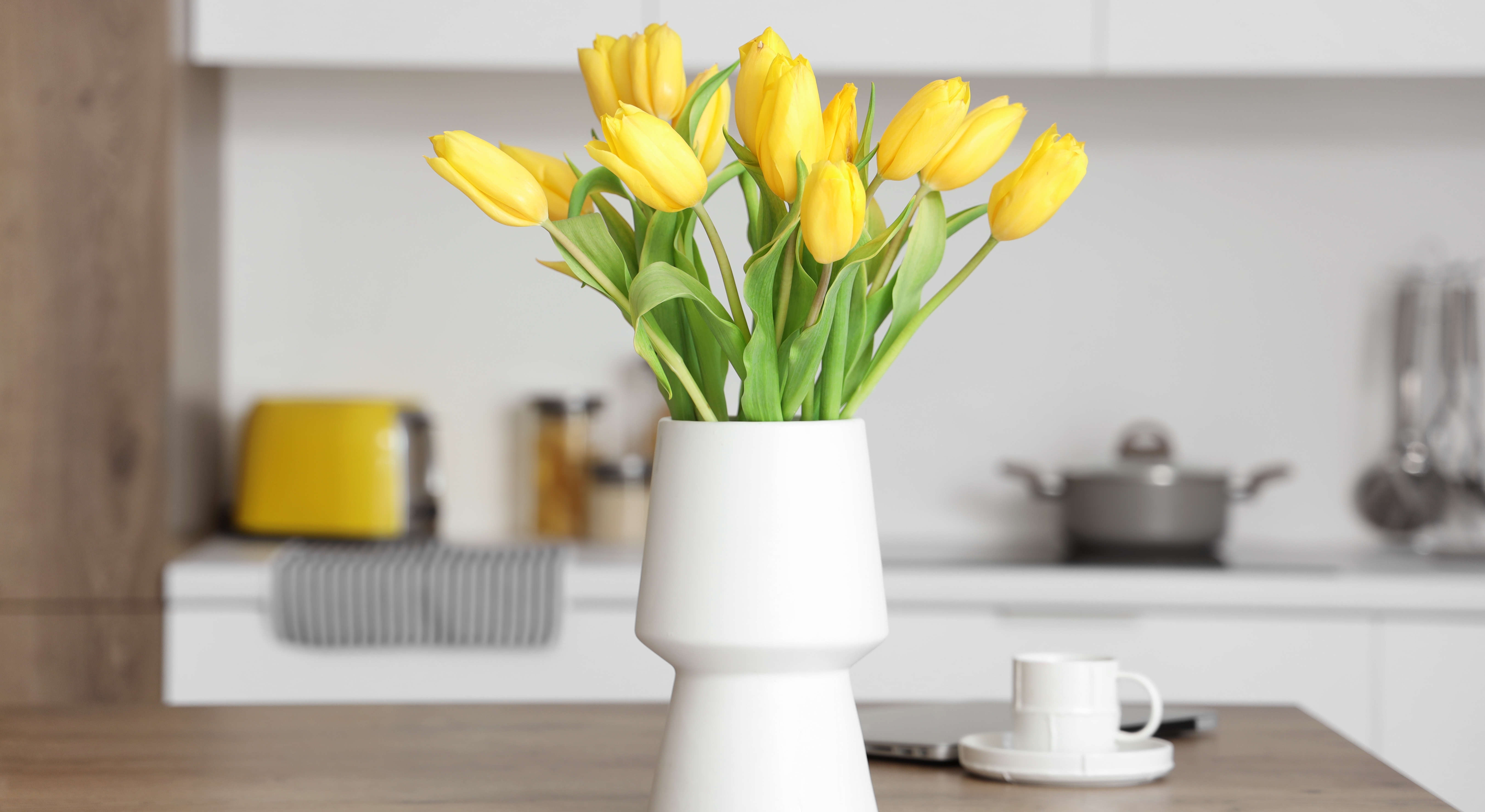3 easy steps to deadhead tulips and get more blooms
Here’s how to deadhead tulips and keep them blooming

Tulips are often associated with the height of spring, and are favored for their range of bold reds, yellows and white varieties. But if you want these vibrant flowers to bloom again, you’ll need to know how and when to deadhead tulips.
Deadheading is essentially when you snip off spent (wilted) or faded flowers to encourage new blooms and healthy growth. This simple process tricks plants into spending more energy on budding and flowering new roses, rather than wasting it on dying roses or developing seeds.
If the process of deadheading isn’t done properly, it can encourage fungal infections that may lead to the stem dying. However, deadheading tulips will keep your flowers tidy and more attractive in your backyard, so it's well worth doing.
Similar to knowing how to deadhead roses or hydrangeas, deadheading tulips is quite simple to do with just a few simple steps. So, if you want to ensure colorful flowers next year, here’s how to deadhead tulips, with expert tips.
1. Locate the base of the spent flower

First, ensure you use one of the best pruning shears — just remember to learn how to sharpen pruning shears for a precise cut. Then, you’ll want to locate the base of the wilted tulip where it meets the stem, before cutting just above the first set of healthy leaves below the flower.
“Using sharp secateurs or scissors, cut about ¼ inch above the nearest new leaf, bud, or flower," says David Denyer from Eflorist. "Alternatively, for a gentler approach, simply pinch off the flower head with your thumb and forefinger. By following these steps, this will prevent the seedpod from forming and ensure your bulbs flower the next season.”
In addition, you’ll need to know these easy tips for cleaning pruning shears to avoid transferring dirt or disease to other plants.
Sign up to get the BEST of Tom's Guide direct to your inbox.
Get instant access to breaking news, the hottest reviews, great deals and helpful tips.
If you have indoor tulips in a vase, cut away the fading flower, transfer the remaining plant to a sunny window, and water the plant as normal. Once the plant eventually wilts, yellow, stop watering the plant and discard it from the pot once it dies. In rare cases, you can remove the tulip bulbs and get them to rebloom.
2. Leave the foliage to fade

After you’ve deadheaded your tulips, you might be tempted to tidy up by trimming or cutting off the stem and leaves. However, experts advise to leave these alone! These leaves/foliage are busy photosynthesizing and creating food that’s stored in the bulb.
“Although you may be tempted, avoid removing any foliage when deadheading tulips as the leaves help with photosynthesis and act as the plant’s energy source. Removing the leaves too early will rob the bulb of this vital energy. For that reason, it’s best to remove foliage once the leaves have turned yellow and begun to drop.”
3. Give it a little watering

After deadheading, if your tulips are dry, give it a gentle watering, without oversaturating. This can help the bulbs recharge for next year.
Additionally, you don’t need to fertilize tulips straight after deadheading. If you apply a bulb fertilizer in the fall when planting new tulips or when the first shoots appear in the spring, this will give your tulips a healthy boost.
If you want to know what to do with your cuttings, you can always compost them and reuse them in the garden. Before you do, check out these 7 composting tips everyone needs to know.
When do tulips bloom?

Typically, tulips bloom between March and May, but this depends on the type, species, location and weather conditions.
It's best to layer your yard with tulip types that bloom in early, mid, and late spring, so you have an abundance of color for most of the year.
More from Tom's Guide

As the Homes Content Editor, Cynthia Lawrence covers all things homes, interior decorating, and garden-related. She has a wealth of editorial experience testing the latest, ‘must-have’ home appliances, writing buying guides and the handy ‘how to’ features.
Her work has been published in various titles including, T3, Top Ten Reviews, Ideal Home, Real Homes, Livingetc. and House Beautiful, amongst many.
With a rather unhealthy obsession for all things homes and interiors, she also has an interior design blog for style inspiration and savvy storage solutions (get rid of that clutter!). When she’s not testing cool products, she’ll be searching online for more decor ideas to spruce up her family home or looking for a great bargain!
